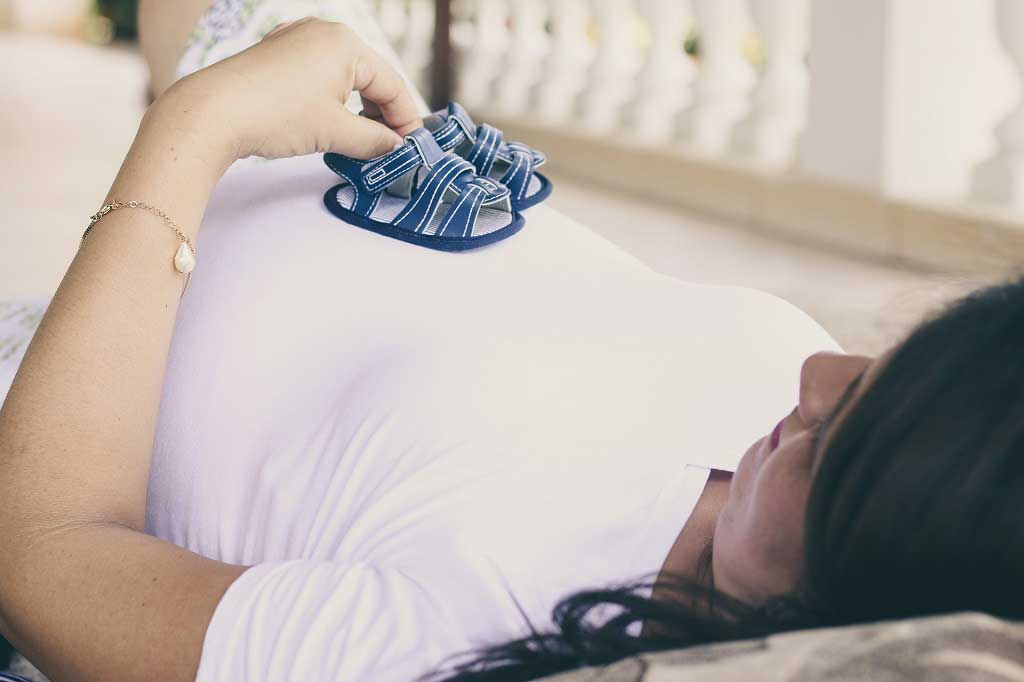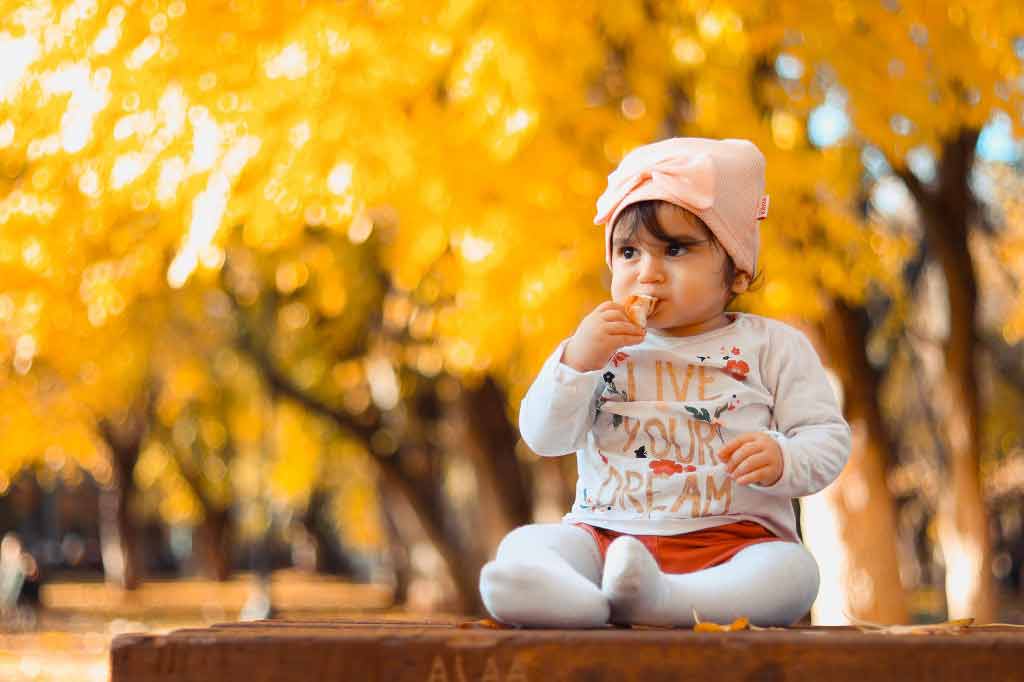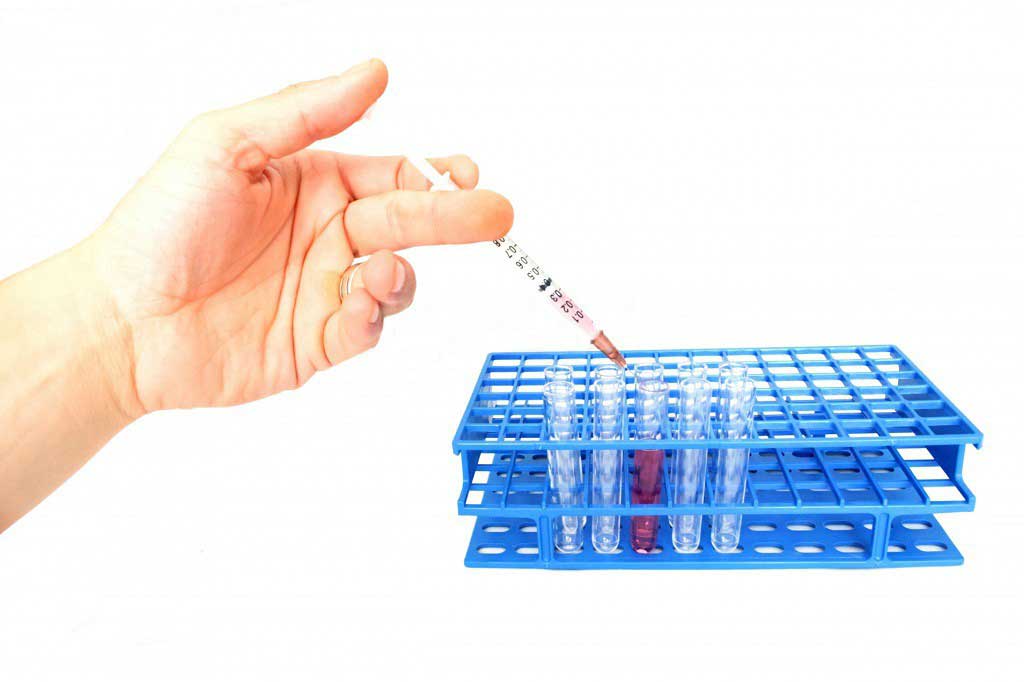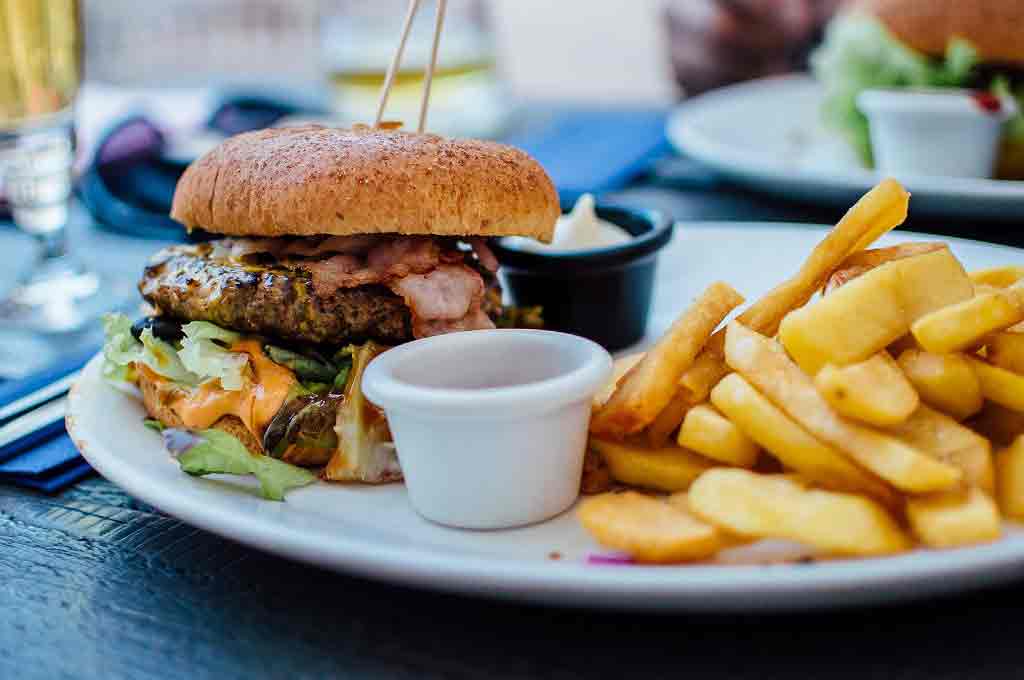Epidermolysis bullosa (EB)
Introduction
Epidermolysis bullosa (EB) is a general term used to describe a group of rare inherited skin disorders that cause the skin to become very fragile.
In people with EB, any trauma or friction to the skin can cause painful Blisters .
Types of epidermolysis bullosa
There are three main types of EB, which are described below. The condition is classified according to where in the various layers of skinthe blistering takes place.
- Epidermolysis bullosa simplex (EBS) , whereblistering occurs in the upper layer of the skin (the epidermis). This is the most common type of EB, accounting for 70% of cases, andtends to be milder than the other types.
- Dystrophic epidermolysis bullosa (DEB) , whereblistering occurs below the basement membrane zone in the upper part of the dermis. DEB accounts for around25% of cases.
- Junctional epidermolysis bullosa (JEB) , where blistering occurs at the junction between the epidermis and the dermis (lower layer of the skin) in a layer of skin known as the basement membrane zone. JEB accounts for around 5% of cases and is usually considered the most severe type of EB.
There are manyvariants of these main types of EB, each with slightly different symptoms.So far, researchers have classified 27 variants of the condition and moremay be identified in the future.
If it's suspected your child has the condition, they'll be referred to a skin specialist (dermatologist). The specialistwill carry out tests to determine the type of EB and helpto come up with a treatment plan.
In most cases these areinherited from one or both parents but sometimesthe fault occurs spontaneously.
In some cases, one or both parentswillhave thecondition. However, there are many cases when neither parent has EB, but their child does. This happens when both parents are 'carriers' of the faulty genes.
If you or your partner is known to be a carrier of a mutated gene associated with EB, and there's a risk of your child developing a severe form of the condition, it's possible to test an unborn baby at about 11 weeks into pregnancy.
It's estimatedone in every 17,000 children born in the UK will have EB. In the UK, there are currently an estimated 5,000 people living with it.
EB affects both sexes equally.
How isEB treated?
There's currently no cure for EB, so treatment aims to relieve symptoms and prevent complications developing, such as infection.
A team of medical specialists will help you decide what treatment is best for your child and offer advice about living with the condition.
Most treatments can be done at home, suchas popping blisters with a sterile needle, applying protective dressingsand avoiding things that make the condition worse.
Medicinescan beused to treat infection or toreducepain. Surgery can be used if EB causes narrowing of the foodpipe or problems with the hands.
However, it can often be a frustrating condition to live with,as itcan interfere with daily activities.
Some cases ofdystrophic epidermolysis bullosa (DEB) are mild and cause no serious complications, while others are severe and may affect general health or possibly lead to skin cancer in later life.
The outlook for a very rare type ofjunctional epidermolysis bullosa (JEB-severe generalised) ispoor.Around 40% of children with the condition willnot survive the first year of life, and most will not survive more than five years.
Epidermolysis bullosa acquisita
Epidermolysis bullosa acquisita (EBA) is an acquired formof epidermolysis bullosa (EB), withsimilar symptoms.
Like EB, EBA causes the skin to blister easily. It can also affect the mouth, throat and digestive tract.
However, EBA is not inherited. EBA is an autoimmune disease which doesn't usually appear until later life. It's not known exactly what causes it.
EBA is more common in people over the age of 40, but overall it's a very rare condition.
Information about you
If you or your child has EB, your clinical team will pass information about you/your childon to the National Congenital Anomaly and Rare Diseases Registration Service (NCARDRS).
This helps scientists look for better ways to prevent and treat this condition. You can opt out of the register at any time.
Introduction
Epidermolysis bullosa (EB) is a general term used to describe a group of rare, inherited skin disorders that cause the skin to become very fragile.
Symptoms of epidermolysis bullosa
The symptoms of epidermolysis bullosa (EB) can vary in severity, ranging from mild to life-threatening.
Causes of epidermolysis bullosa
Epidermolysis bullosa (EB) is caused by an inherited genetic mutation that makes the skin more fragile.
Diagnosing epidermolysis bullosa
Epidermolysis bullosa (EB) is usually diagnosed in babies and children.
Treating epidermolysis bullosa
There is currently no cure for epidermolysis bullosa (EB), but treatment can help to ease and control the symptoms.
'We're determined to give her the best life possible'
Kayla Grant is six and has epidermolysis bullosa (EB). Her skin is so fragile that she cannot be hugged. Her friends and family call her the butterfly girl.







 Subscribe
Subscribe Ask the doctor
Ask the doctor Rate this article
Rate this article Find products
Find products